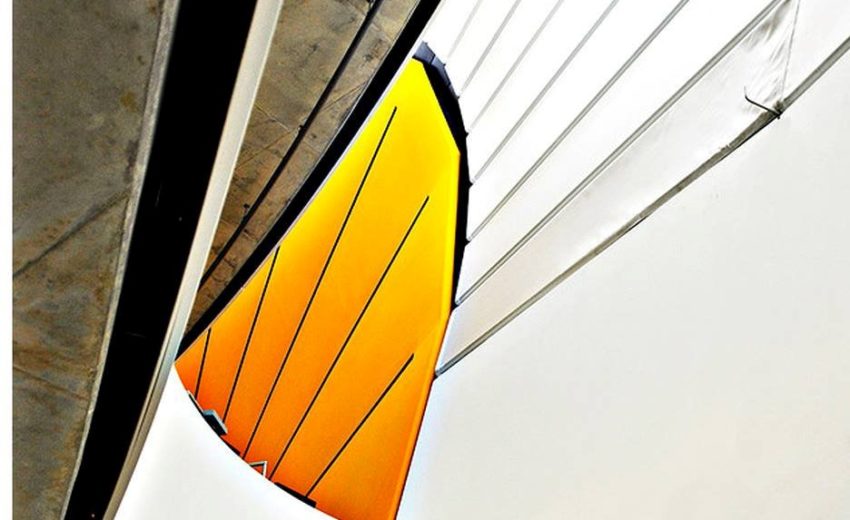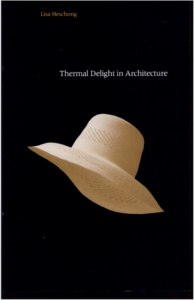
Heschong, Thermal Delight in Architecture
Our thermal environment is as rich in cultural associations as our visual, acoustic,olfactory, and tactile environments. This book explores the potential for using thermal qualities asan expressive element in building design.Until quite recently, building technology and design hasfavored high-energy-consuming mechanical methods of neutralizing the thermal environment. It has notresponded to the various ways that people use, remember, and care about the thermal environment andhow they associate their thermal sense with their other senses. The hearth fire, the sauna, theRoman and Japanese baths, and the Islamic garden are discussed as archetypes of thermal delightabout which rituals have developed — reinforcing bonds of affection and ceremony forged in thethermal experience. Not only is thermal symbolism now obsolete but the modern emphasis on centralheating systems and air conditioning and hermetically sealed buildings has actually damaged ourthermal coping and sensing mechanisms. This book for the solar age could help change all that andopen up for us a new dimension of architectural experience. As the cost of energy continues toskyrocket, alternatives to the use of mechanical force must be developed to meet our thermal needs. A major alternative is the use of passive solar energy, and the book will provide those interestedin solar design with a reservoir of ideas. Lisa Heschong earned a degree in Environmental Planningfrom the University of California at Berkeley and once in Architecture from MIT.
Download
Heschong_Thermal Delight in Architecture.pdf
Heschong_Thermal Delight in Architecture.txt
Heschong_Thermal Delight in Architecture.html
Heschong_Thermal Delight in Architecture.jpg
Heschong_Thermal Delight in Architecture.zip



